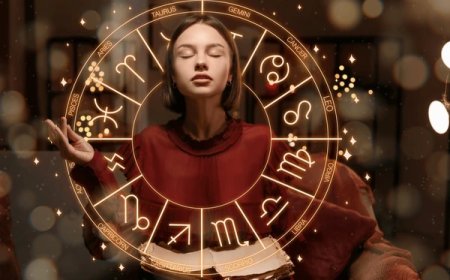Sunday book pick: Fyodor Dostoyevsky’s 1848 social media sensation book ‘White Nights’

Join our WhatsApp Community to receive travel deals, free stays, and special offers!
- Join Now -
Join our WhatsApp Community to receive travel deals, free stays, and special offers!
- Join Now -

Last year, Fyodor Dostoyevsky’s slim novella White Nights became an online sensation on Bookstagram, with thousands of posts, fan art, and gushing reviews flooding every timeline. The Penguin Classics edition of the book comprises the titular long story and a short story, “Bobok”. “White Nights” was first published in 1848 as “Belye Nochi” and “Bobok” in 1873 (“Bobok” means “a little bean”). Both novellas have been translated from Russian by Ronald Meyers.
White Nights (1848)
My god! A whole minute of bliss! Is that really so little for the whole of a man’s life?
At first glance, it’s an unlikely book to go “viral”. For one, Dostoyevsky needs serious commitment from readers; the book is nearly 200 years old, and the author’s work has always been regarded as intimidating. BookTok or Bookstagram is good at popularising certain books, but they aren’t very good at cultivating meaningful conversations around them. Then, what is it about White Nights that appealed to a new generation of readers? Why was everyone desperate to get hold of it, considering it’s not one of Dostoyevsky’s iconic works?
One possible answer might be that “White Nights” is only 80 pages long, and “Bobok” is 30. Neither is a “quick read”, but they are, of course, far easier to handle than Dostoyevsky’s...
What's Your Reaction?
 Like
0
Like
0
 Dislike
0
Dislike
0
 Love
0
Love
0
 Funny
0
Funny
0
 Angry
0
Angry
0
 Sad
0
Sad
0
 Wow
0
Wow
0























































